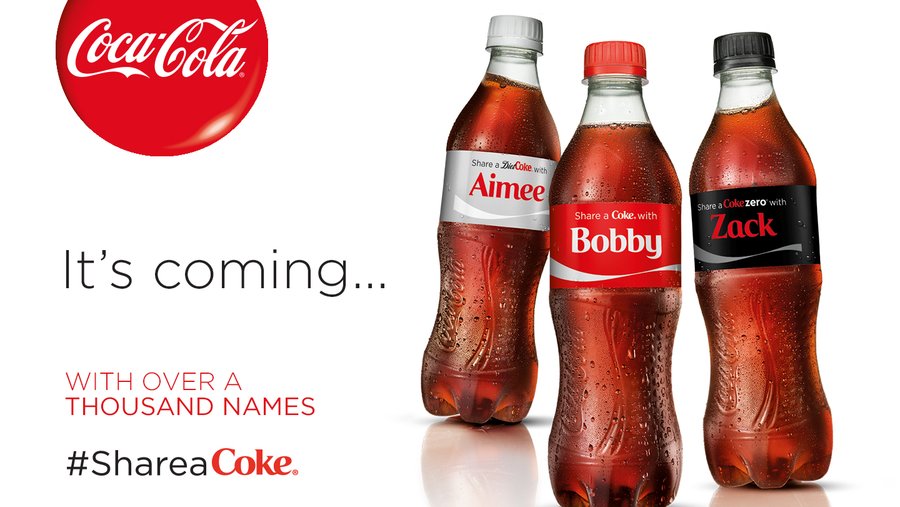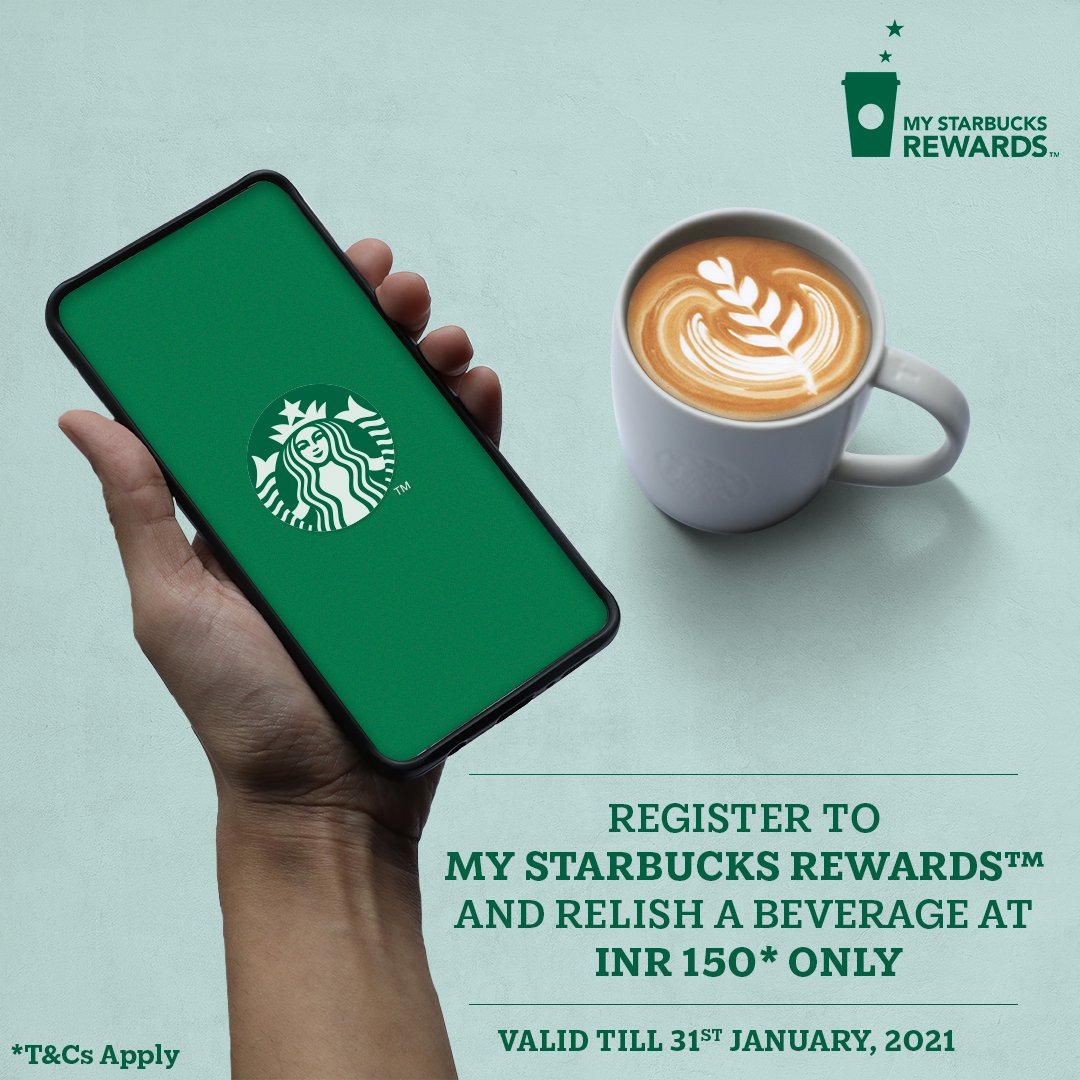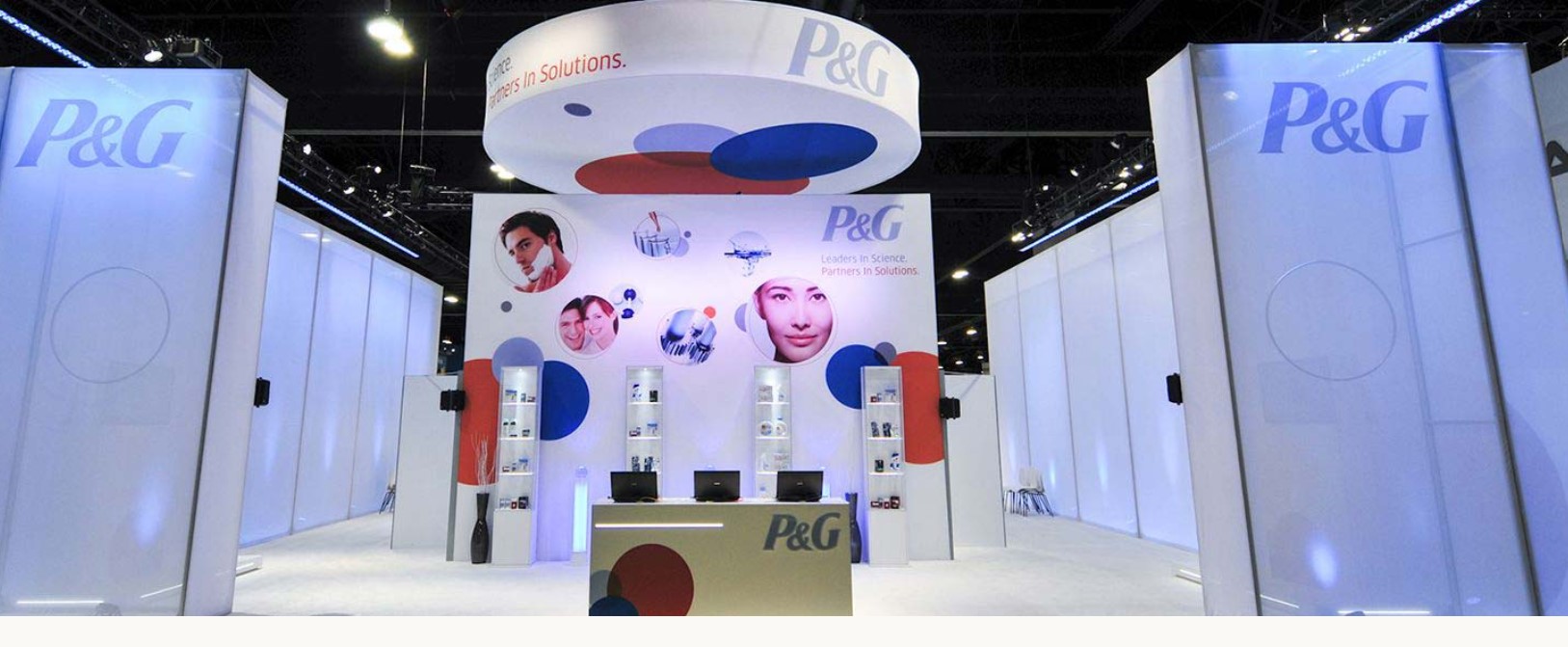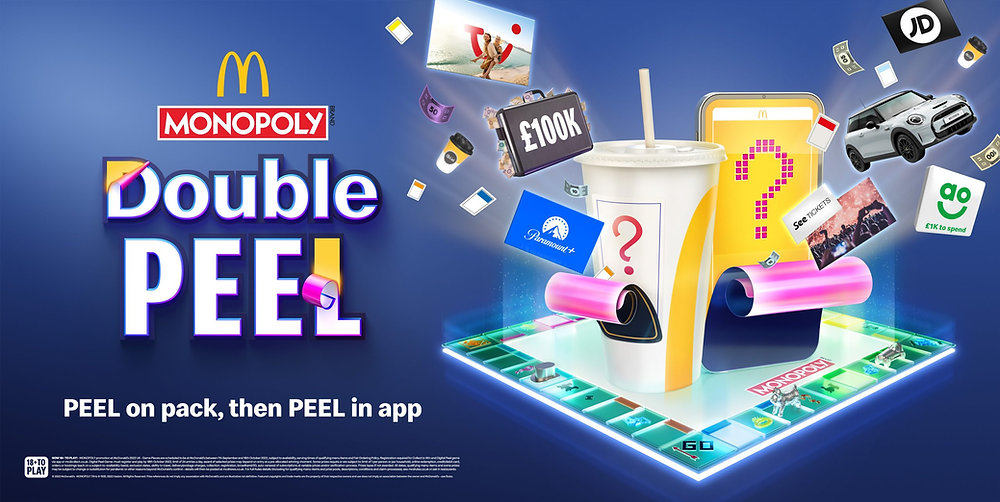What if you could turn every customer interaction into an opportunity for growth? Imagine the possibilities when every sale brings more than just profit.”
Welcome to the fascinating world of consumer promotions, where every coupon, contest, and reward is part of a strategic plan to not only boost sales but also to create memorable experiences. In this blog, we’ll explore how smart promotions can drive customer loyalty, differentiate your brand, and increase market share. From exciting giveaways to exclusive membership perks, discover how top brands use promotions to keep their customers engaged and coming back for more.
These promotions can take various forms, such as discounts, free samples, contests, and loyalty programs, all aimed at boosting sales and enhancing brand awareness. In the competitive world of business, consumer promotions for B2C are essential for attracting new customers and retaining existing ones. But what exactly is consumer promotion, and how does it work? Let’s dive in and find out.
Types of Consumer Promotions
- Discounts and Coupons: Discounts and coupons are perhaps the most common types of consumer promotions. These incentives offer immediate financial savings, making products more attractive to price-sensitive customers. Whether it’s a percentage off the purchase price or a specific dollar amount, discounts can effectively drive sales.
- Samples and Free Trials: Samples and free trials allow consumers to try a product without a financial commitment. This strategy is particularly effective for new products or those that consumers might be hesitant to buy without trying first. By offering samples, companies can increase product awareness and encourage future purchases.
- Contests and Sweepstakes: Contests and sweepstakes are exciting ways to engage consumers and generate buzz around a product. These promotions often require consumers to participate in some activity, such as submitting a photo or answering a question, for a chance to win a prize. The potential for reward can significantly boost consumer interest and participation.
- Loyalty Programs: Loyalty programs reward repeat customers with points, discounts, or exclusive offers. These programs encourage customers to make repeat purchases and build a strong relationship with the brand. Over time, loyalty programs can enhance customer retention and increase lifetime customer value.
- Buy One Get One Free (BOGOF): BOGOF promotions are highly attractive to consumers looking for value. By offering an additional product for free, companies can clear inventory, introduce new products, and increase sales volume. This promotion is particularly effective for consumable goods.
- Rebates and Cashbacks: Rebates and cashback offers provide consumers with a financial incentive after the purchase. These promotions often require customers to submit a form or register online to receive their rebate. While not as immediate as discounts, rebates can still be a powerful motivator for purchase.
- Special Packaging: Special packaging promotions, such as limited edition designs or bonus packs, can create a sense of urgency and exclusivity. These promotions often appeal to collectors or fans of the brand and can drive sales during specific periods or events.
Objectives of Consumer Promotion for B2C
- Increase Sales
The primary objective of any consumer promotion is to increase sales. By offering incentives, companies can encourage more customers to buy their products, leading to higher revenue. - Enhance Brand Awareness
Consumer promotions can significantly enhance brand awareness. When customers engage with promotions, they become more familiar with the brand and its offerings, leading to increased recognition and loyalty. - Build Customer Loyalty
Promotions like loyalty programs are specifically designed to build long-term customer relationships. By rewarding repeat purchases, companies can foster a loyal customer base that continues to choose their brand over competitors. - Encourage Product Trial
For new products or those entering a new market, consumer promotions can encourage trial. Samples, discounts, and free trials lower the risk for consumers, making them more likely to try the product. - Drive Immediate Purchase
Promotions create a sense of urgency that can drive immediate purchases. Limited-time offers, discounts, and contests prompt consumers to act quickly, boosting short-term sales.
Benefits of Consumer Promotion for B2C
- Boosting Sales Volume
Consumer promotions can lead to a significant increase in sales volume. By making products more attractive through discounts or added value, companies can sell more units. - Attracting New Customers
Promotions are an effective way to attract new customers. A well-designed promotion can catch the attention of those who might not have considered the product before. - Enhancing Customer Retention
Loyalty programs and similar promotions can enhance customer retention. By consistently offering value, companies can keep customers coming back. - Encouraging Repeat Purchases
Promotions can encourage repeat purchases by offering incentives for multiple buys. This can help maintain steady sales over time.
Challenges in Consumer Promotion
- Cost Considerations
Running promotions can be costly. Companies need to balance the cost of the promotion with the expected increase in sales to ensure profitability. - Measuring Effectiveness
It can be challenging to measure the effectiveness of a promotion. Companies need to track sales data, customer feedback, and other metrics to evaluate the success of their promotional efforts. - Ensuring Consumer Engagement
Not all promotions will resonate with consumers. Companies need to design promotions that are engaging and relevant to their target audience. - Balancing Short-Term and Long-Term Goals
Promotions often drive short-term sales, but companies need to ensure they also support long-term brand building and customer loyalty.
Strategies for Effective Consumer Promotion
- Target Audience Identification
Identifying the target audience is crucial for any promotion. Companies need to understand who their customers are and what motivates them to make a purchase. - Clear Promotion Objectives
Setting clear objectives helps in designing effective promotions. Whether the goal is to increase sales, build brand awareness, or encourage product trials, clear objectives guide the promotional strategy. - Creative and Engaging Promotion Ideas
Creativity is key to a successful promotion. Companies need to come up with unique and engaging ideas that capture the attention of their target audience. - Effective Communication Channels
Choosing the right communication channels is essential for reaching the target audience. Companies need to use a mix of traditional and digital channels to maximize the reach of their promotions. - Monitoring and Evaluation
Continuous monitoring and evaluation help in understanding the impact of promotions. Companies need to track performance metrics and make adjustments as necessary.
Consumer Promotion Examples
- Case Study 1: Coca-Cola’s Contests
Coca-Cola is known for its creative contests that engage consumers. One famous example is the “Share a Coke” campaign, where bottles featured popular names, encouraging consumers to find and share bottles with their names on them. This promotion significantly boosted sales and brand engagement.
- Case Study 2: Starbucks’ Loyalty Programs
Starbucks has one of the most successful loyalty programs in the world. By offering points for every purchase, which can be redeemed for free drinks and food, Starbucks encourages repeat visits and builds strong customer loyalty.
- Case Study 3: Procter & Gamble’s Sampling Campaigns
Procter & Gamble frequently uses sampling campaigns to introduce new products. By providing free samples to consumers, they reduce the risk associated with trying new products and encourage future purchases.
-
Case Study 4: McDonald’s Monopoly Game
McDonald’s has periodically run a promotional game called Monopoly, where customers collect game pieces attached to McDonald’s products to win prizes ranging from free food to large cash prizes. This gamification of the buying process makes the experience fun and exciting, encouraging repeat purchases to collect more game pieces.
- Case Study 5: IKEA’s Sleepovers
IKEA has hosted promotional events where customers can sign up to spend the night in an IKEA store, experiencing the furniture and home accessories in a fun, unusual way. This unique experience not only creates buzz and media coverage but also allows customers to directly engage with IKEA’s products in a memorable setting.
Impact of Digital Marketing on Consumer Promotion
- Social Media Promotions
Social media platforms are powerful tools for consumer promotions. Companies can reach a vast audience through targeted ads, influencer collaborations, and engaging content. - Email Marketing Campaigns
Email marketing remains an effective way to communicate promotions directly to consumers. Personalized email campaigns can drive engagement and sales. Successful Email marketing strategies to look for. - Influencer Collaborations
Collaborating with influencers can amplify the reach of promotions. Influencers have a loyal following that trusts their recommendations, making them valuable partners for promotional campaigns. - Online Contests and Giveaways
Online contests and giveaways can generate significant buzz and engagement. These promotions often require minimal effort from consumers but offer substantial rewards, making them highly attractive.
Conclusion
Consumer promotion is a vital aspect of marketing that can drive sales, enhance brand awareness, and build customer loyalty. By understanding the different types of promotions and their objectives, companies can design effective strategies that resonate with their target audience. As digital marketing continues to evolve, consumer promotions will become even more dynamic and impactful.











